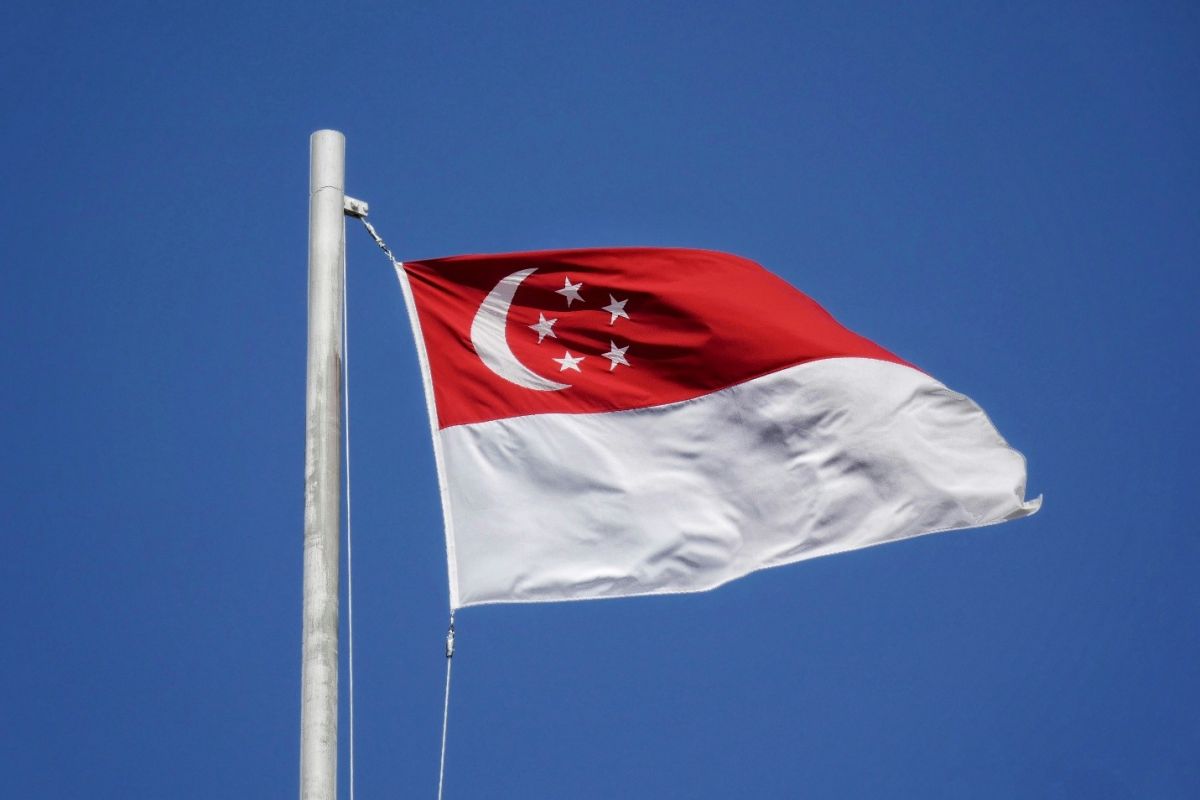
Week in Review
Singapore outperforms GDP forecasts amid trade tensions
Following their independence from Malaysia in 1965, the island country and city-state of Singapore, or the Republic of Singapore, has evolved into a thriving and dynamic economy. The region’s economic growth is attributed to its reliance on industrial exports of high-quality and competitively priced consumer and IT products. These products have attracted attention from foreign direct investment (FDI) in pharmaceuticals and medical technology products.

Following their independence from Malaysia in 1965, the island country and city-state of Singapore, or the Republic of Singapore, has evolved into a thriving and dynamic economy. The region’s economic growth is attributed to its reliance on industrial exports of high-quality and competitively priced consumer and IT products. These products have attracted attention from foreign direct investment (FDI) in pharmaceuticals and medical technology products.
The Southeast Asian country’s gross domestic product (GDP) growth has been among the highest in the world, averaging 7% since gaining independence and exceeding 9.2% during its first 25 years, according to the World Bank Group. Despite added pressure from the U.S.-imposed 10% tariffs on exports, Singapore’s economy has remained resilient in the remainder of 2025.
In August, the government revised its GDP growth forecast for 2025 to 1.5% to 2.5% from 0.0% to 2.0% after it surpassed expectation for the first half of the year. In the three months through September, Singapore’s GDP improved by 2.9% year-on-year, supported by robust manufacturing and domestic consumer-facing sectors. As a result, Singapore’s central bank kept its monetary policy settings unchanged in October.
“Instead of using interest rates, Singapore manages monetary policy by letting the local dollar rise or fall against the currencies of its main trading partners within an undisclosed trading band, known as the Singapore dollar nominal effective exchange rate, or S$NEER,” reads a Reuters article.
In September, customers in Singapore were on average 10 days beyond terms, per FCIB’s Credit and Collections Survey. The majority of survey respondents reported that payment delays stayed the same at 67%, while 25% noticed a decrease and only 8% cited an increase. Delays in payment are mostly caused by billing disputes (64%).
“If invoicing in a currency other than Singapore dollar (SGD), make sure to display the local SGD currency on the invoice,” said one respondent. “Minor country risk and payments are mostly prompt with only 10 Direct Benefit Transfer (DBT),” said another respondent.





